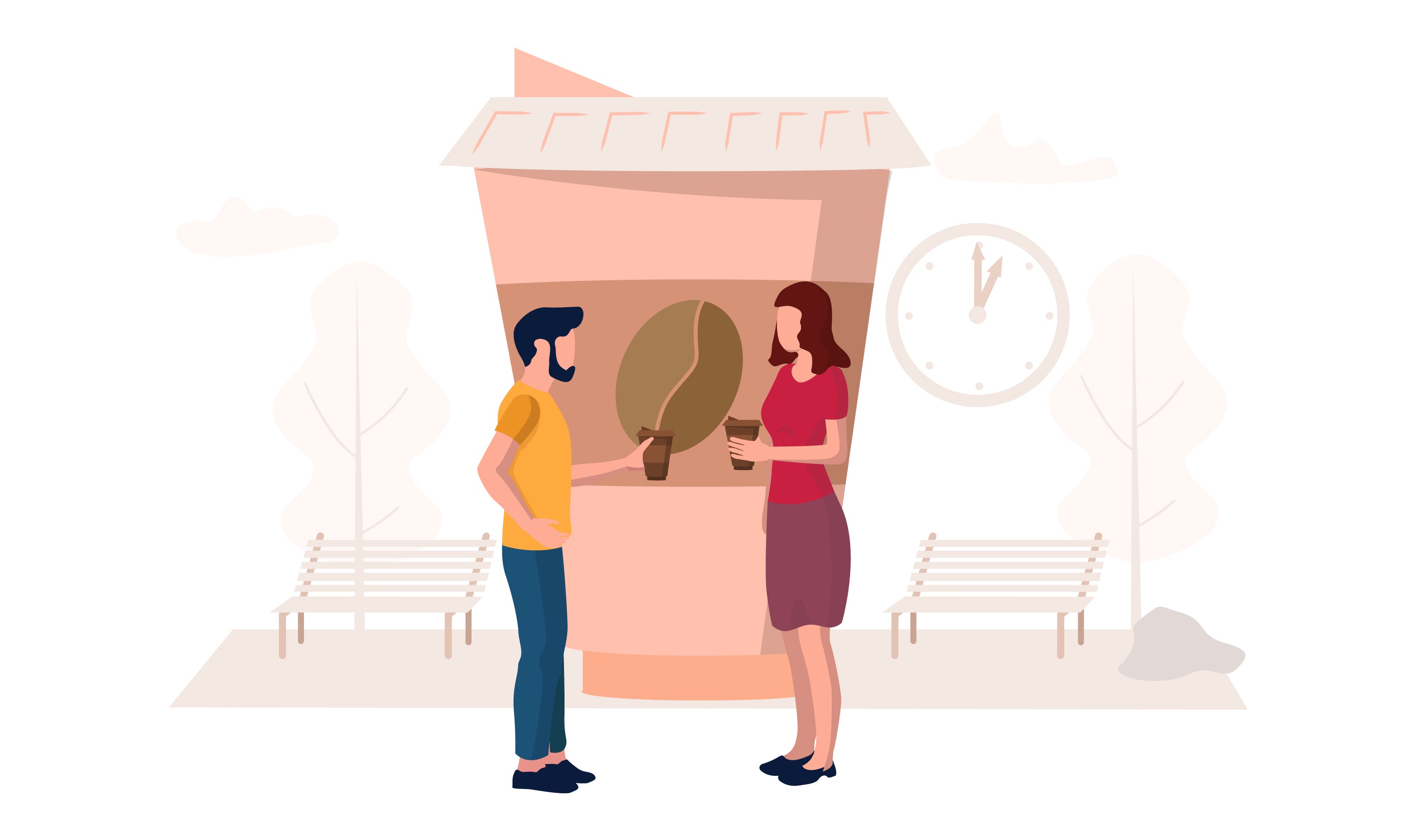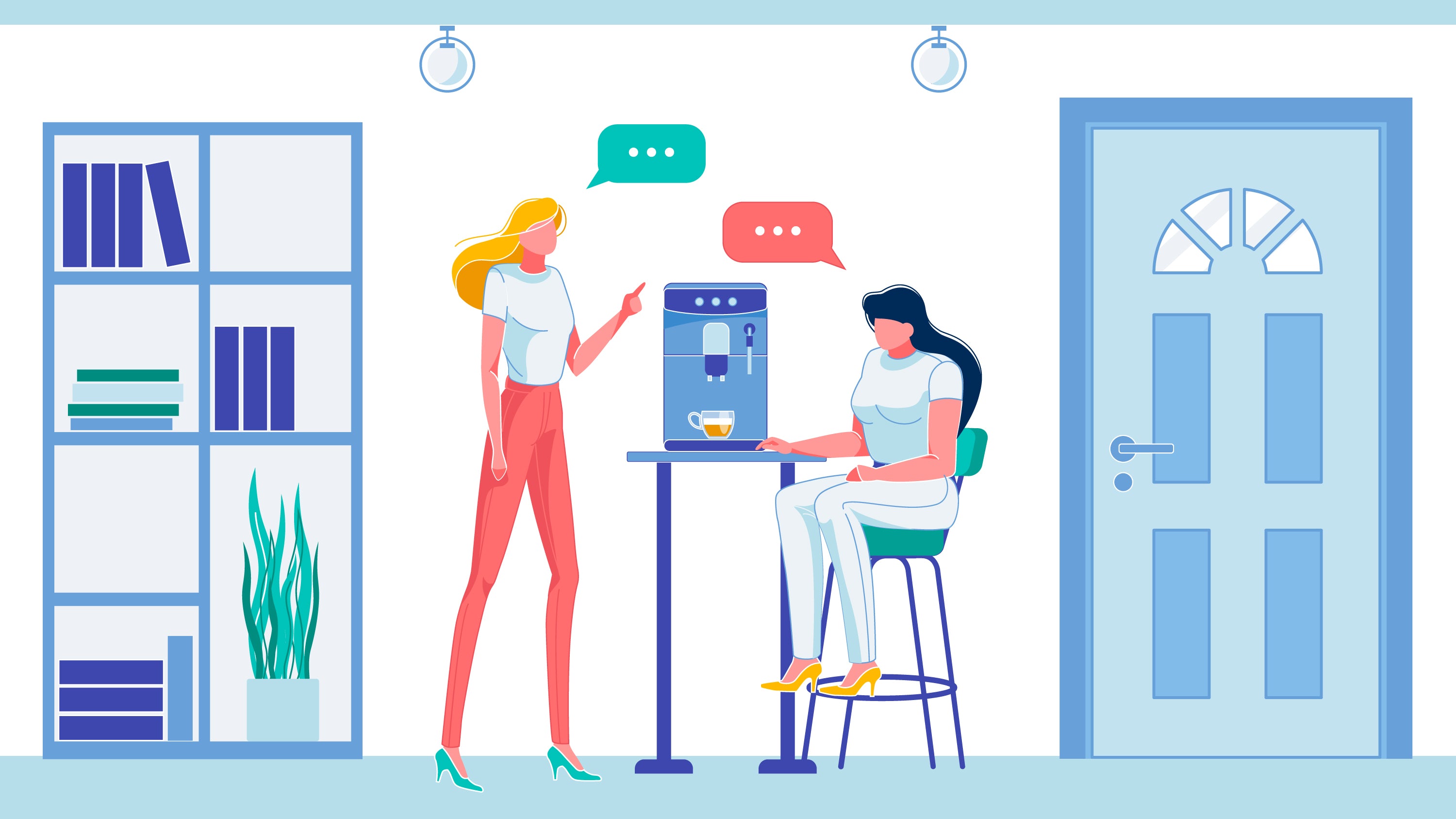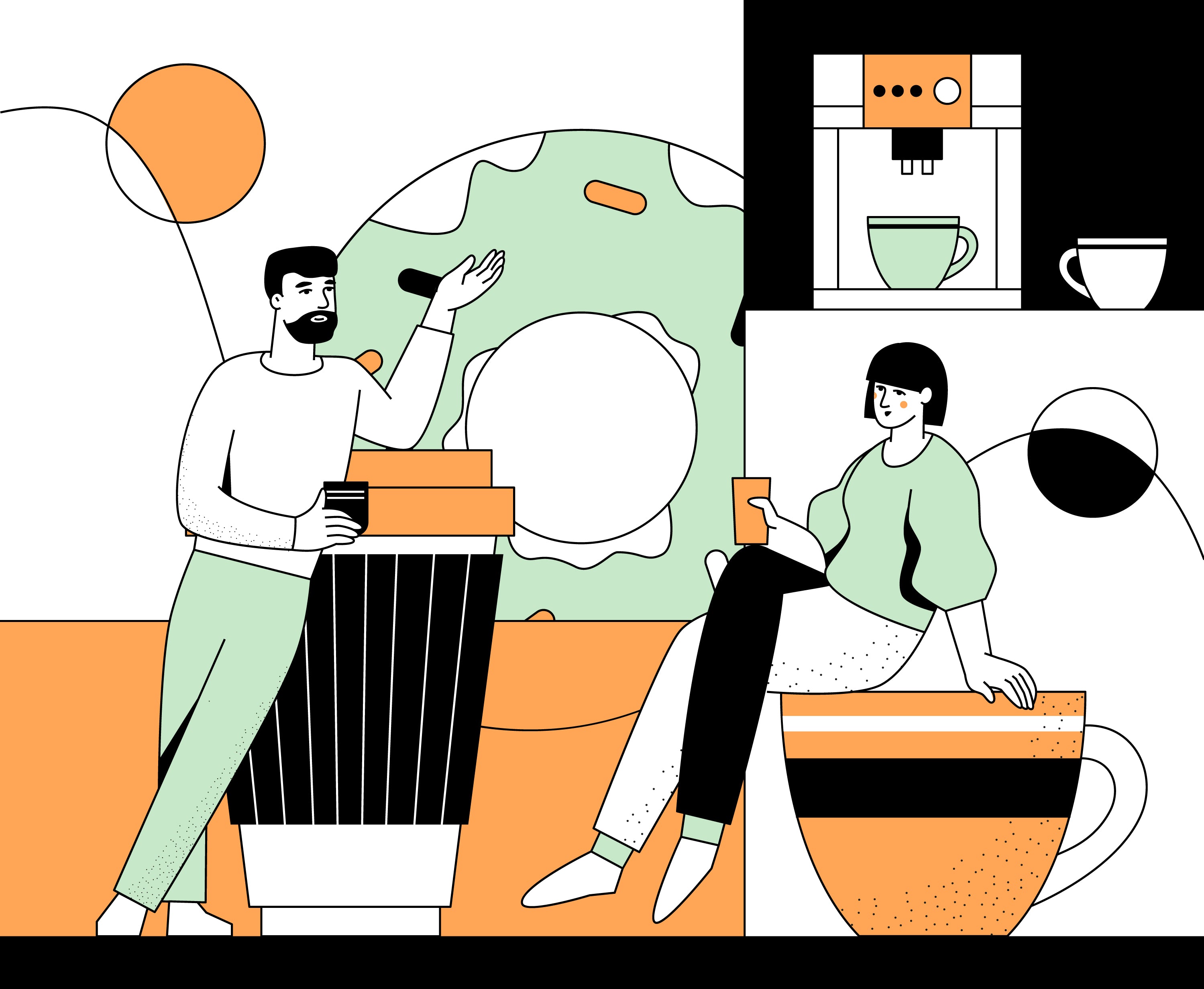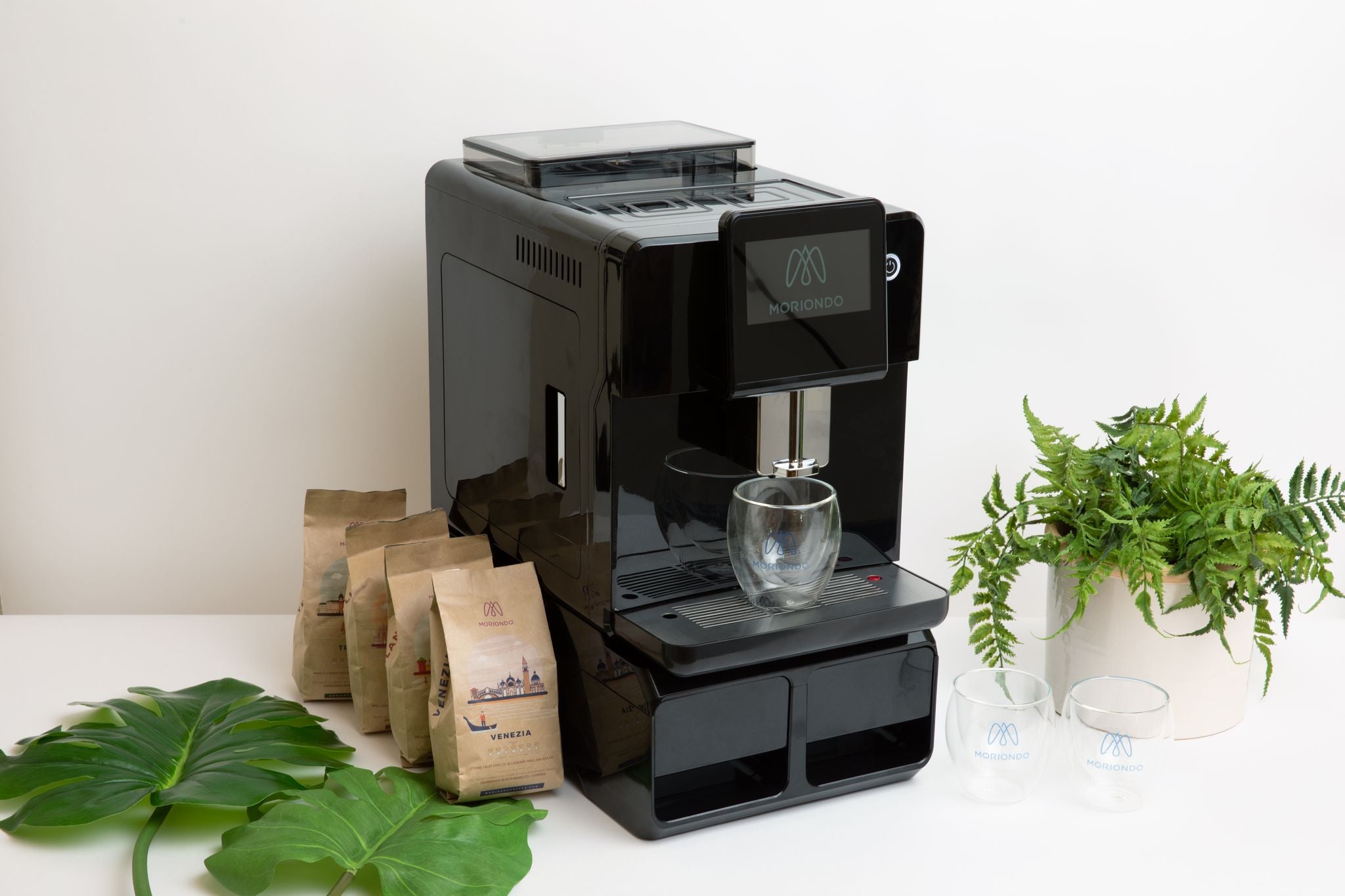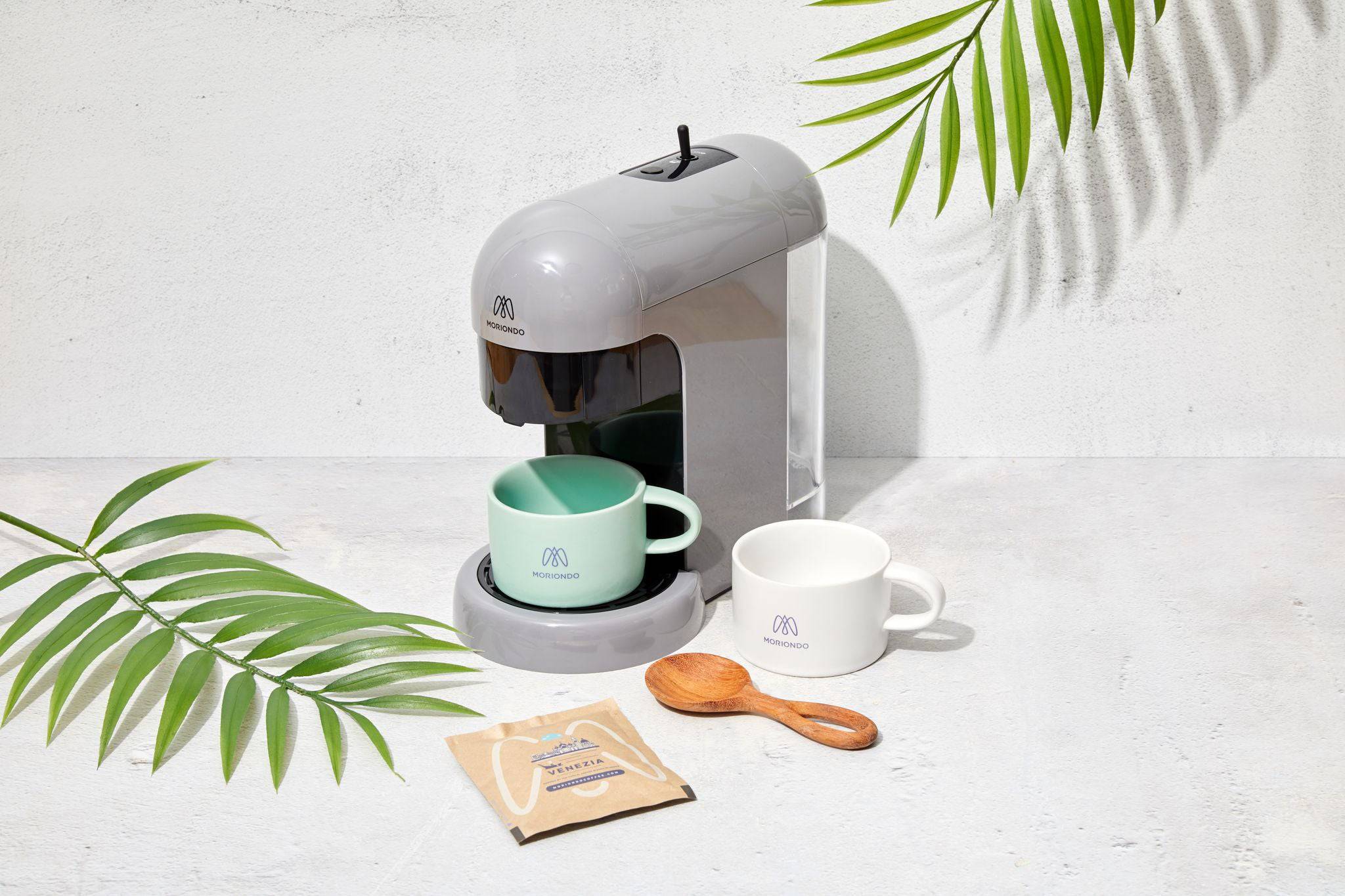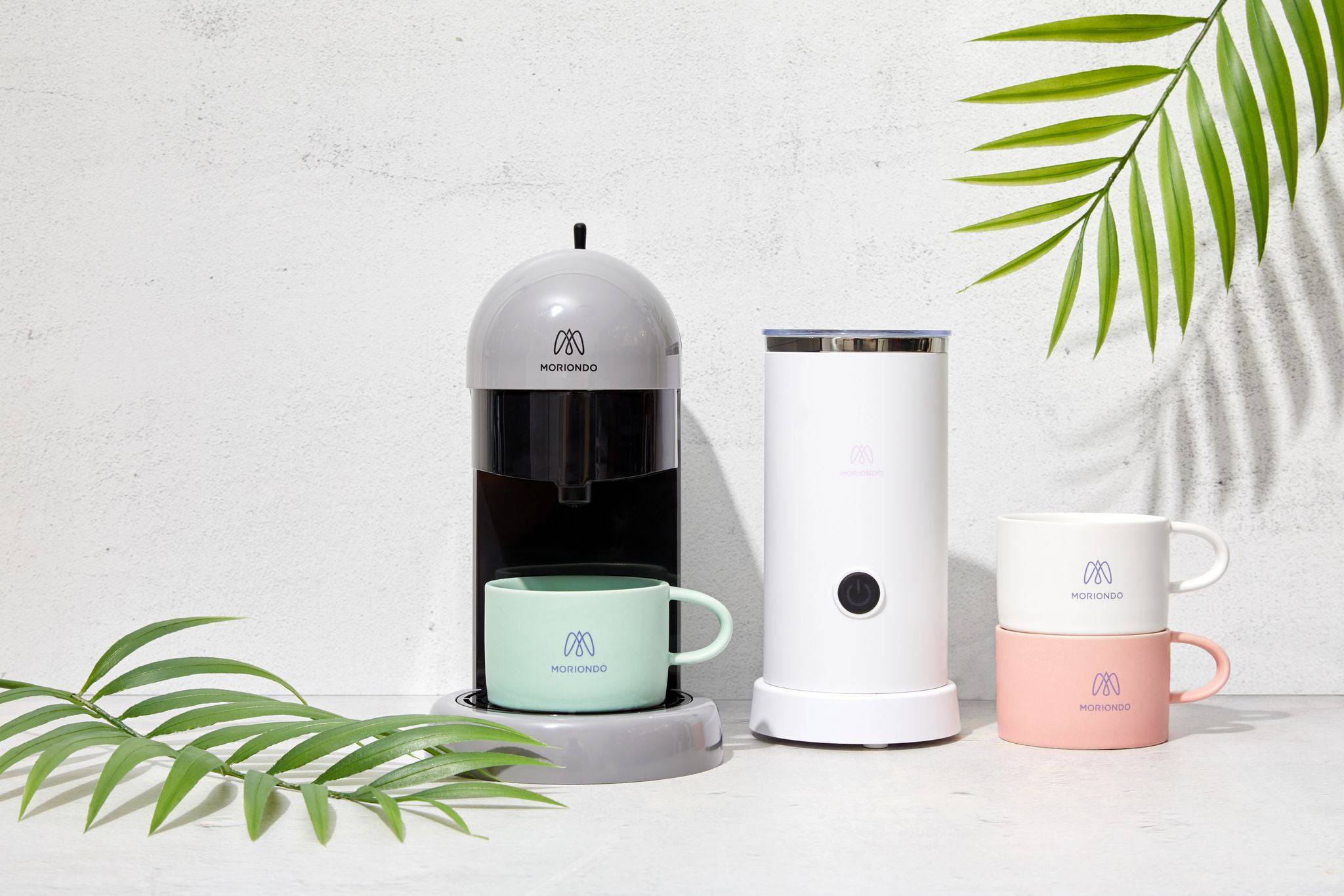Who Invented Coffee
Table of Contents
It’s a beverage that is known and loved all over the globe, and is one of the most valuable drinks in existence. Yes, we are of course talking about roasted coffee.
Every single day, millions upon millions of gallons of freshly brewed coffee are consumed all over the globe. We drink coffee when we’re socializing, we drink coffee when we’re celebrating, we drink coffee when we need to wake up in a morning, and we frequent coffee houses when we love the taste of roasted coffee.
Coffee has become somewhat of a social beverage over the years, and when you check out some of the amazing coffee house art on sites such as Instagram, it’s easy to see why that is.
It’s hip to drink coffee and with the coffee industry now thriving more than ever before and with coffee consumption increasing by the year, that trend is only going to continue.
Coffee drinking is now a part of everyday life, yet it didn’t always use to be that way. The history of coffee is as rich as the drink itself, so how did we discover coffee beans and coffee plants, and who invented coffee?
Where did drinking coffee originate?
Like most things in life, the history of coffee is not entirely clear as different tales of the humble coffee plant tell of different origins.
Despite things being a little hazy when it comes to coffee cultivation and the roots of this beverage, the general consensus is that coffee originated in Ethiopia.
Initially, coffee was discovered in Ethiopia, though once coffee cultivation increased and drinking coffee became the norm, tracing the history of coffee becomes decidedly difficult.
Coffee originated in Ethiopia, before making its way to other continents such as Europe, Asia, South America, and North America. Here, tracing the history of coffee suddenly becomes much more of a monumental task.
How were coffee beans discovered?

It may sound bizarre, but we actually have goats to thank for the discovery of the humble coffee bean.
When talking of the history of coffee, the story goes that, centuries ago in Ethiopia, a goat herder by the name of Kaldi, discovered coffee beans in the 9th century. All thanks to his goats.
Legend tells of the ‘dancing goats’ in 700 A.D. Kaldi, while trying to bring in his goats, noticed them acting unusually. Whereas goats were normally quite placid and subdued, he noticed how his were full of energy and appeared to be dancing.
Worried, he took a closer look and noticed how they were eating red berries, which were actually coffee cherries from a coffee plant. Within these berries is a seed, which is what we know as a coffee bean. His goats had been eating them and were full of energy from the caffeine.
Kaldi and the monk
Our story doesn’t end there. Kaldi, after discovering these berries, took them back to his village and shared his findings with a monk at the local monastery.
He told the monk about how his goats were full of energy and the monk himself decided to try them for himself, as he wanted more energy to pray all night and not fall asleep.
The monk made a drink from the berries with hot water, and noticed how much more energy he had. Soon, word of these amazing berries, which contained coffee beans, began to spread and more and more people in the village began trying the drink.
Roasted in fire
Another story regarding Kaldi and the monk however, tells of how the monk was disapproving of the berries, and believed them to be evil.
The monk was said to have snatched the berries from the hands of Kaldi, and to have threw them onto the open fire. The resulting aroma from the roasted coffee bean was said to have changed their minds and convinced them to sample the now-roasted coffee beans.
Coffee beans in the Middle East

Now, some believe that stories of dancing goats and monks are a little too far-fetched, and while the story of Kaldi and his dancing goats cannot be proven, it is generally agreed that coffee berries originated in Ethiopia.
Coffee may have originated in Ethiopia, but that doesn’t mean it stayed there exclusively, because it didn’t. Once word started to spread regarding this amazing drink, coffee plantations would not be far behind.
Before then, though, coffee made its way over to the Middle East, to Yemen to be precise, in the 15th Century.
Now, those of you who drink coffee and are familiar with coffee production will probably be familiar with the word Mocha. Well, the very first port in which the coffee beans arrived in Yemen after crossing the Red Sea, was called Mocha.
After coffee reached the port city, Mocha soon became synonymous with coffee production and the roasted beans of this port city are still enjoyed to this very day.
Soon, coffee seedlings were planted and coffee plantations rife with coffee trees began popping up across the Middle East. In particular, coffee trees grown from coffee seedlings in Egypt, Turkey, and Persia, seemed to thrive, giving these locations a wonderful reputation in the world of coffee farming.
The devil's drink
Despite coffee producers in this area thriving, and coffee seedlings and young coffee plant yields being higher than ever, coffee was actually banned in Middle Eastern countries for a while.
Coffee was said to be the ‘drink of the devil’ and because of its stimulating effects it was actually banned. This was a big blow to the coffee farming industry and the coffee producers.
The ban of growing coffee and drinking coffee resulted in riots in the streets. Thankfully, the ban was soon lifted, and people were once again allowed to enjoy their speciality coffee.
The coffee bean and Europe
After more and more coffee houses began popping up across more continents, coffee proved to be popular in Asia, though not as popular as green tea. In Europe however, things were very different.
Coffee berries were soon snatched up in Europe as more and more coffee houses were opened up when the West learned about this amazing and stimulating drink.
Coffee farming was now big business and with coffee trees now easy to farm and cultivate, more and more countries produced coffee farmers and go into speciality coffee of their own.
Coffee first entered Europe in Venice. People feared that the drink was satanic. This caused such disruption that the Vatican was forced to step in. The Pope tried the drink for himself, loved the taste, and baptized it, declaring it a Christian drink.
Coffee seeds in England also proved to be big hits and by the 1600s coffee crops in England and Europe were in very high demand. More and more coffee house businesses started operating, and when the first coffee house opened in Oxford, things really took off.
The coffee club was known as the Oxford Coffee Club and would go on to become the Royal Society. Edward Lloyd’s Coffee House also proved to be very important as this spawned Lloyd’s of London – one of the biggest businesses on the planet.
Coffee plants and the New World
After Europe, coffee was ready to go Stateside and found its way over to New Amsterdam, which would later become New York.
Coffee houses popped up everywhere, as did coffee trees in Central America and with coffee’s growing popularity a tax imposed on tea which spawned the Boston Tea Party, helped solidify America’s love with coffee.
Tea used to be the drink of choice in America, but after King George III imposed a heavy tax on tea, this resulted in a revolt known as the Boston Tea Party which caused America to fall in love with coffee.
So, who invented coffee?
Okay, we know that coffee houses are huge all over the globe, and we know that coffee berries in Ethiopia may be responsible for the delicious brewed beverage but which coffee plantation really perfected coffee, or was it simply a person?
Could it be that a coffee plantation in Central America is responsible for coffee? Maybe it was Kaldi the goat herder, or perhaps even the monk who he shared his findings with?
While we don’t know for certain who first thought to brew coffee, we do know that it is likely thanks to the coffee berries and coffee seeds found on a coffee shrub or coffee tree in Ethiopia all those years ago, that we have coffee in our lives today.
Good Tasting Coffee: How to Identify Coffee Flavors

In order to appreciate the different types of coffee available, it's important to cultivate an awareness of its unique characteristics. Let's take a look at the way coffee connoisseurs judge different cups of coffee.
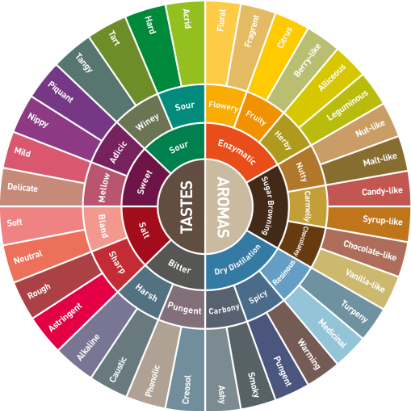
Aroma
The scent of a cup of coffee has a direct influence on how we perceive its flavor. As you drink coffee try to notice if the scent is smoky, fruity, earthy, spicy, nutty or grassy.
Acidity
One of the most defining characteristics of a cup of coffee is its acidity. This is the sharp, bright tangy quality of coffee that perks up our senses. Coffee doesn’t necessarily contain just one type of acid, either. It may contain citric acid, malic acid (fruity in flavor) or even quinic acid from stale coffee, which gives us stomach aches.
Body
This is the weight, thickness and texture of coffee in your mouth. The body of different types of coffee falls on a spectrum of light- to full-bodied viscosity (thin to thick).
Flavor
This is where comparisons come in handy and there is some overlap between aroma and flavor. Your coffee might taste bitter, sweet, savory or sour with common comparisons to chocolate, wine or fruit.
Related Posts
